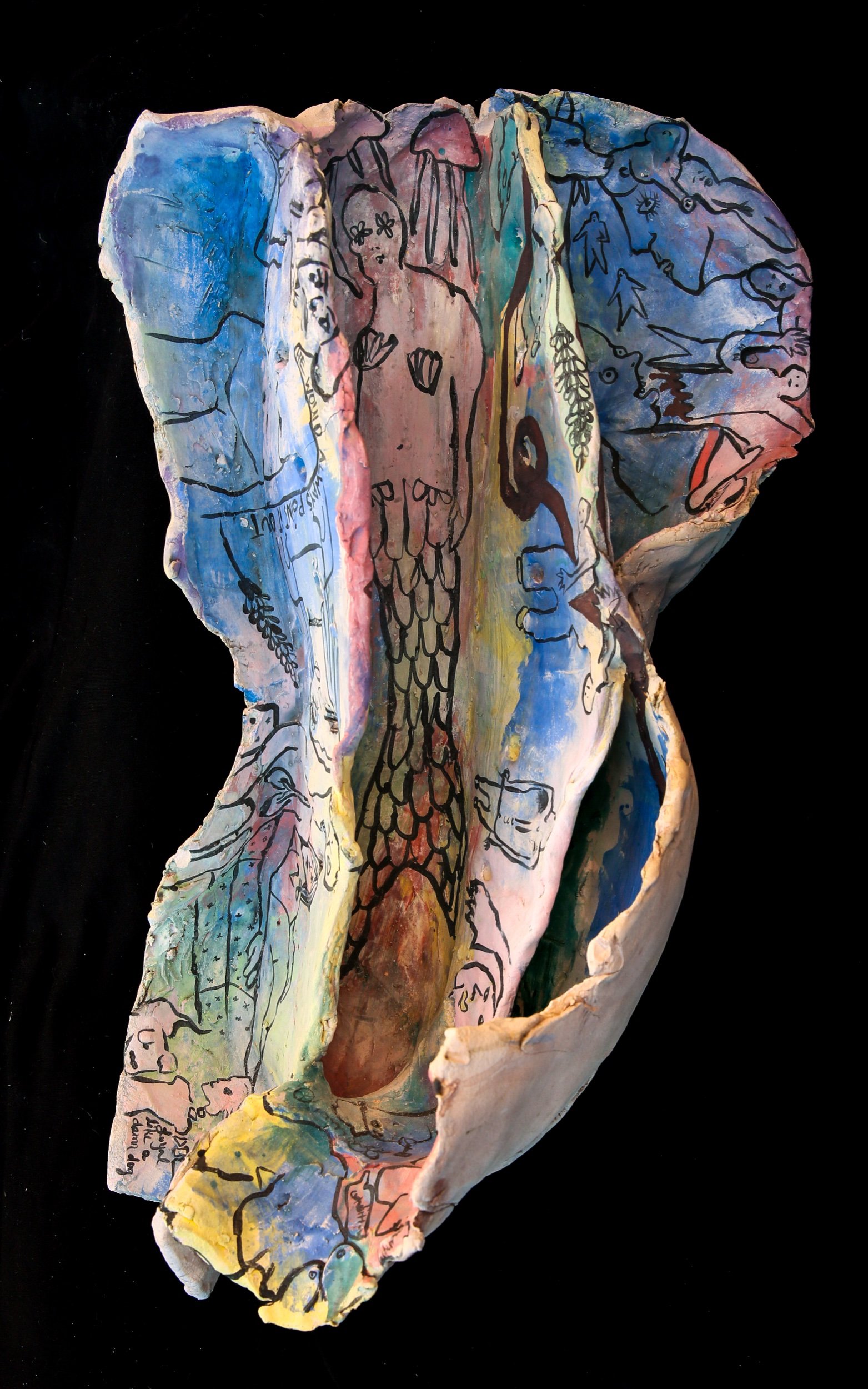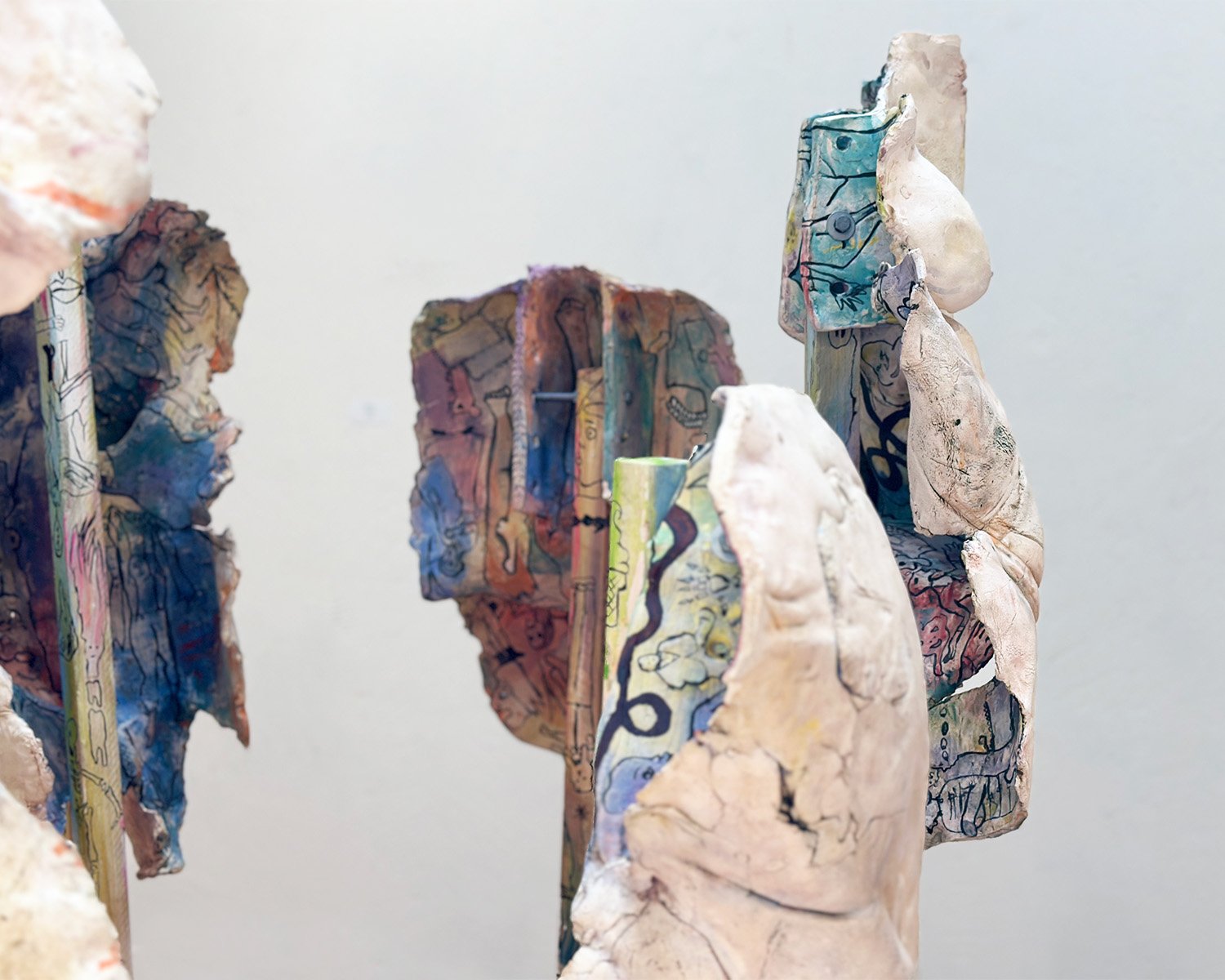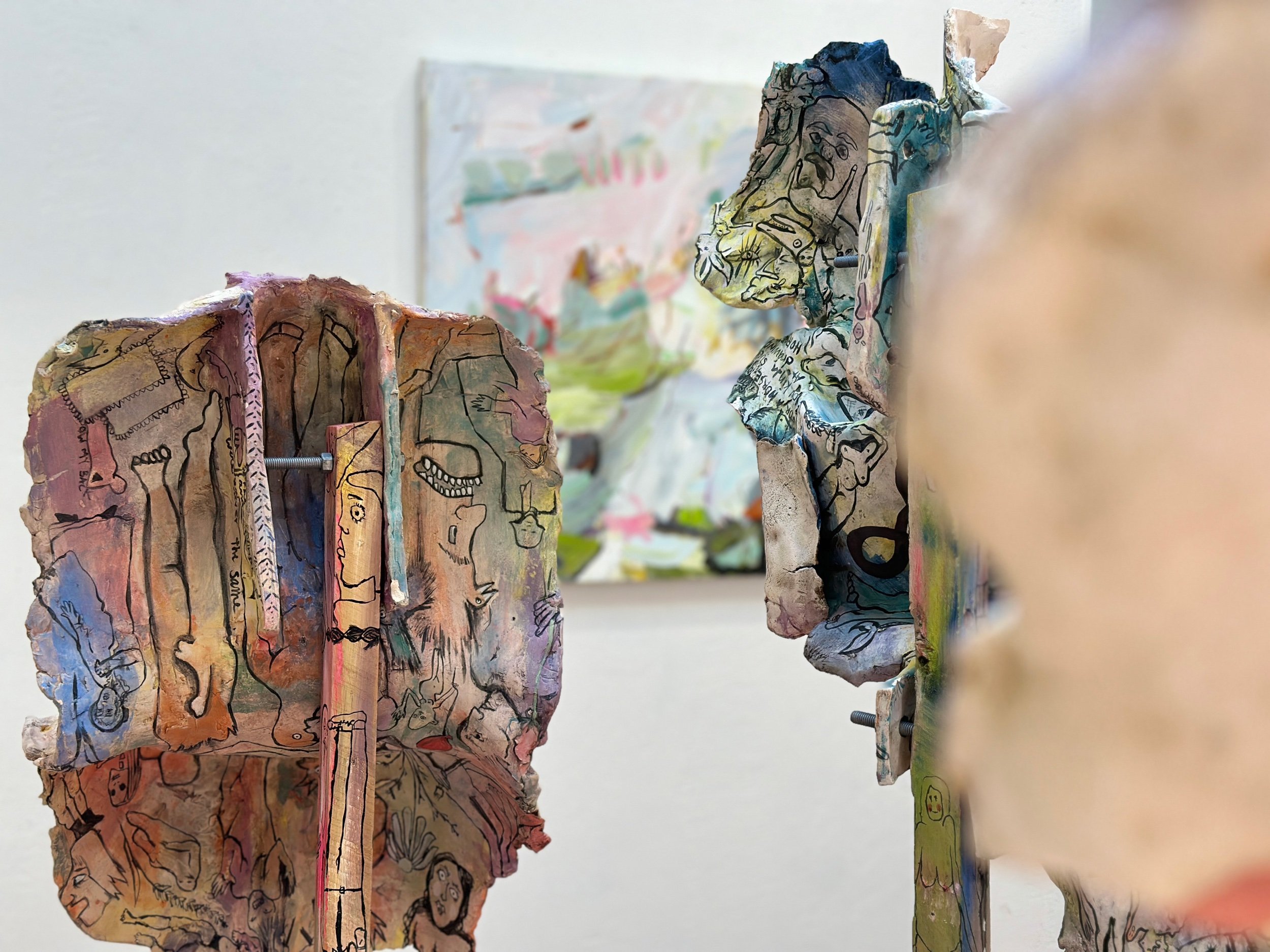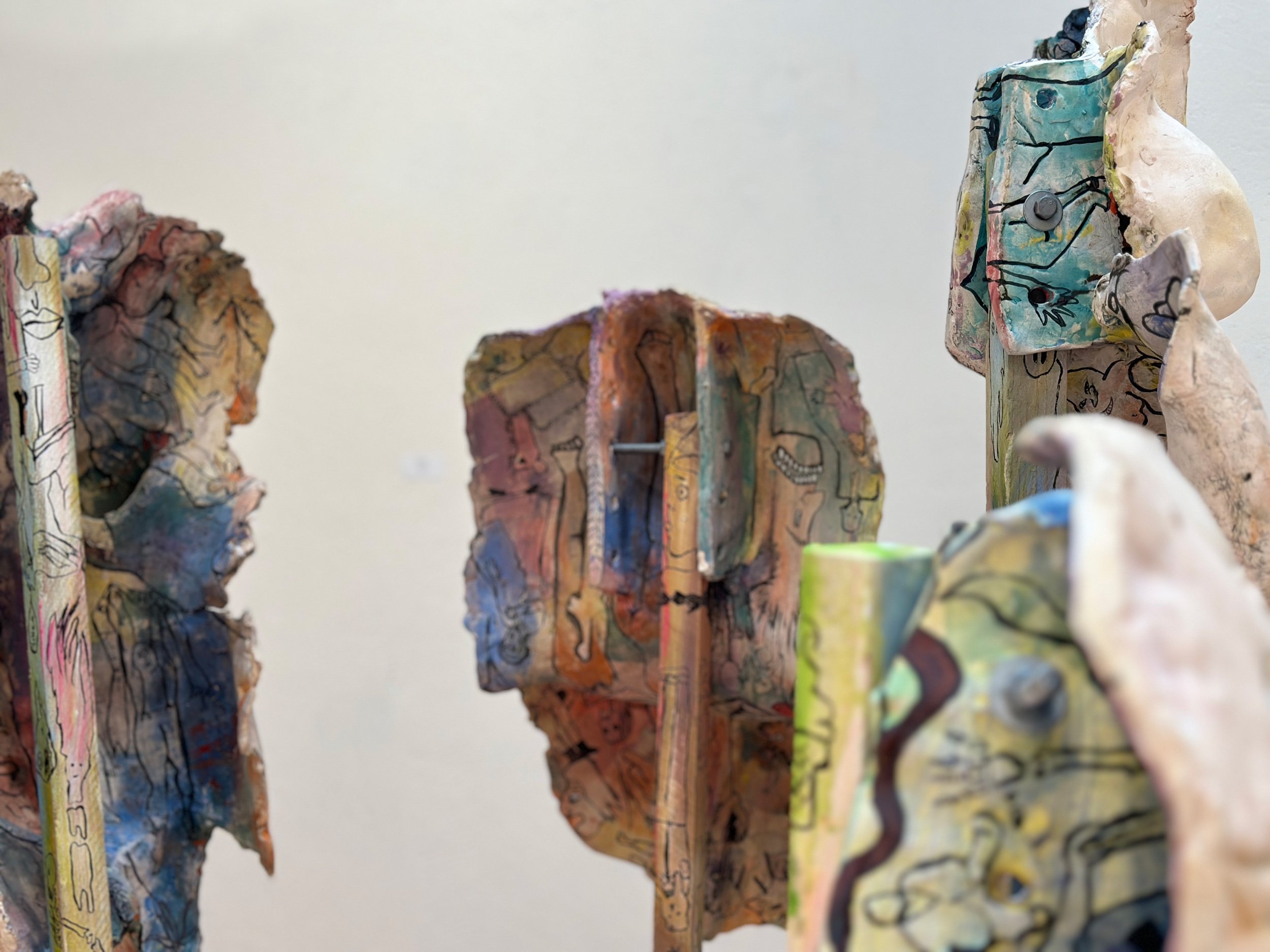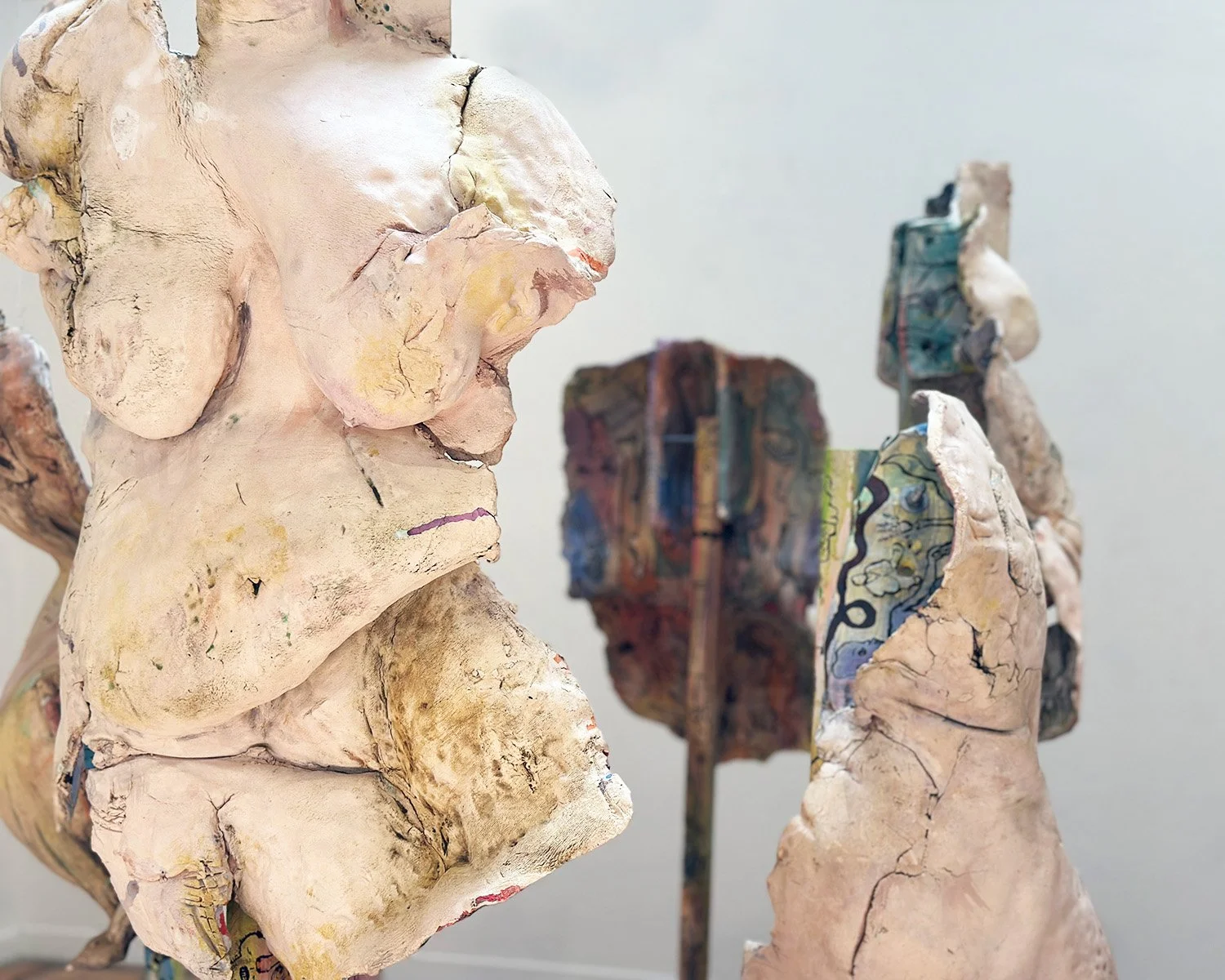Katharine T. Jacobs
Pleasure Circuit
According to several peer reviewed studies women who are diagnosed with a chronic or terminal illness such as cancer or MS are six times more likely to experience partner abandonment by a male spouse. Female gender was the strongest determining factor in these studies that evaluated partner abandonment. In 2018 I became one of these statistics. Less than a year after giving birth to my daughter I was diagnosed with Multiple Sclerosis and 6 months after that I was abandoned by my spouse.
My installation Pleasure Circuit portrays the many layers and complexities of becoming and existing as a disabled woman in America. Using beauty and play unapologetically my multivalent autopathographic work examines the fragility and resilience of corporality, specifically the effects of trauma and chronic illness on my own body.
Correlations where trauma manifests as illness are at times hard to deny when links are made to the ways addiction, and abuse can lead to stress and subsequent illness. When in the midst of abuse it is common to deny your own intuition and lose trust established within your own body. In Pleasure Circuit re-evaluation through touch, manipulation and spectacle expose thestrained and complex relationship I have with my own failing yet thriving body. The dysmorphia is tangible; the self-hatred and self-acceptance twist together to wring out conversations of femininity, fat phobia, disability, death and self-harm. Beauty and play permit admission to the subconscious and inner dialog that is often overlooked for patients perceived only via the medical gaze.
Pleasure Circuit
Pleasure Circuit
12’x8’x6’
Ceramic, underglaze, wood, cyanotype,
Cotton, sand
2022
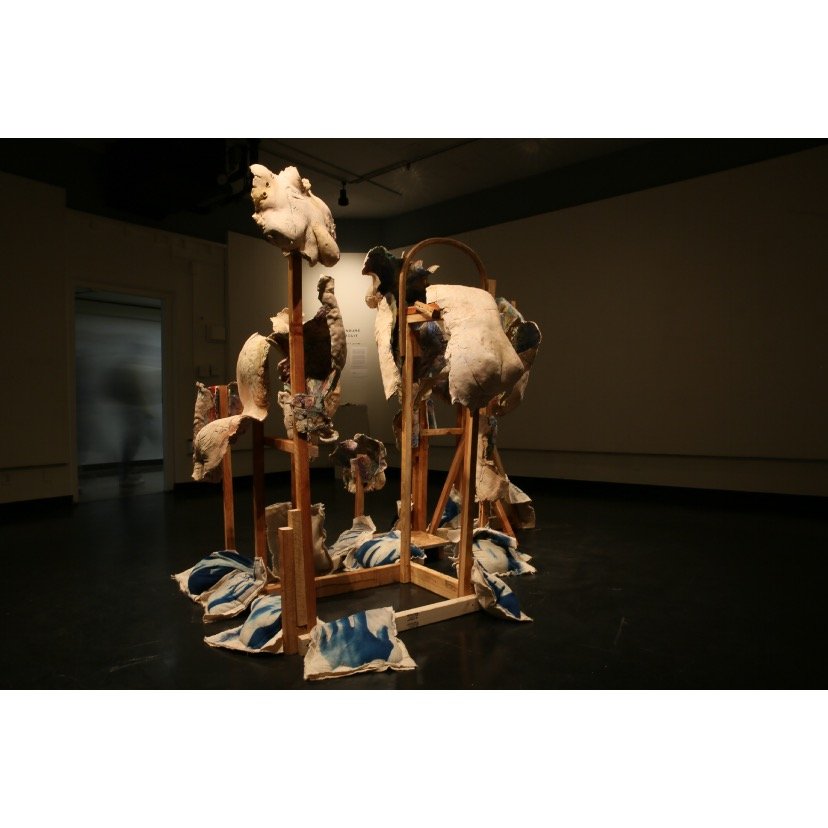
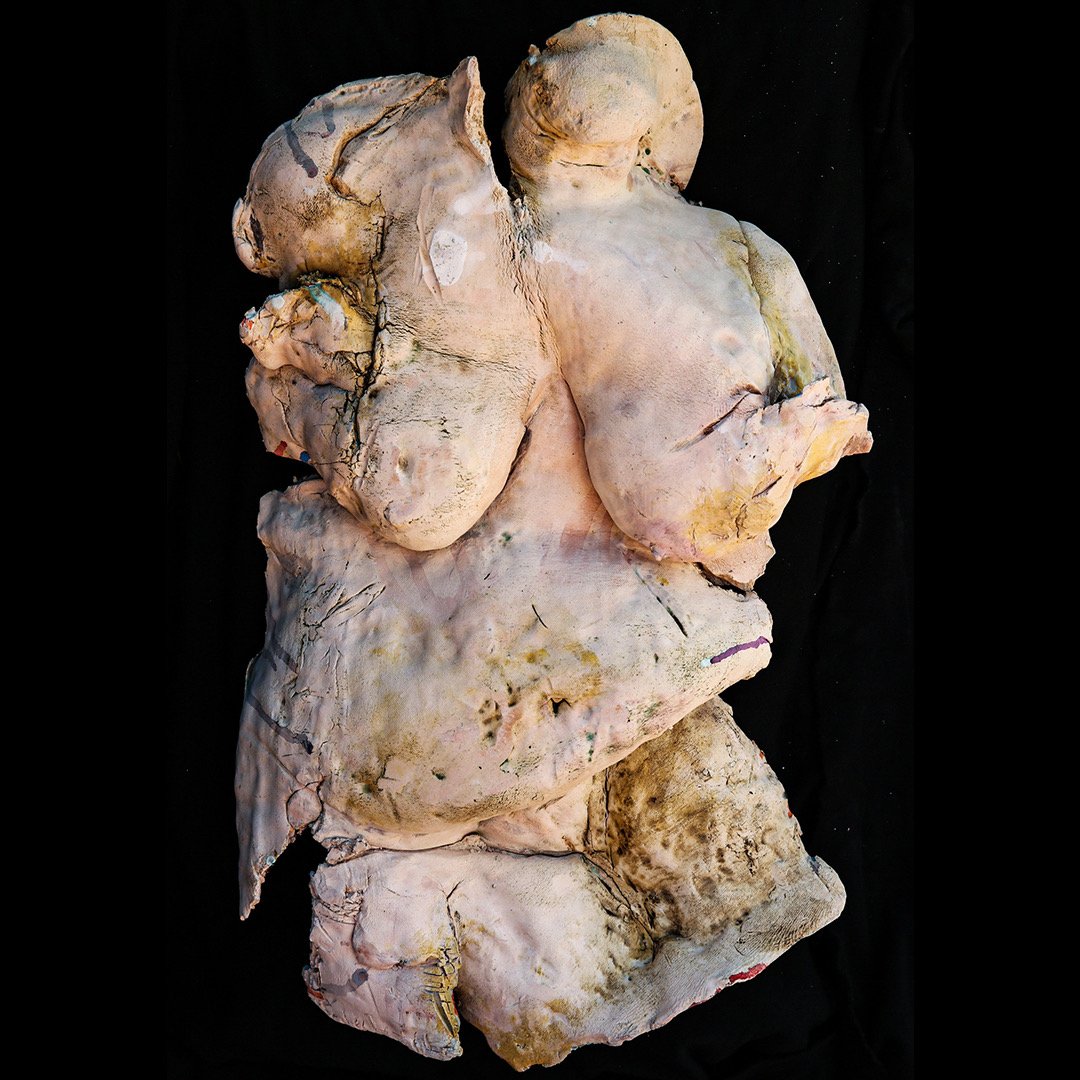
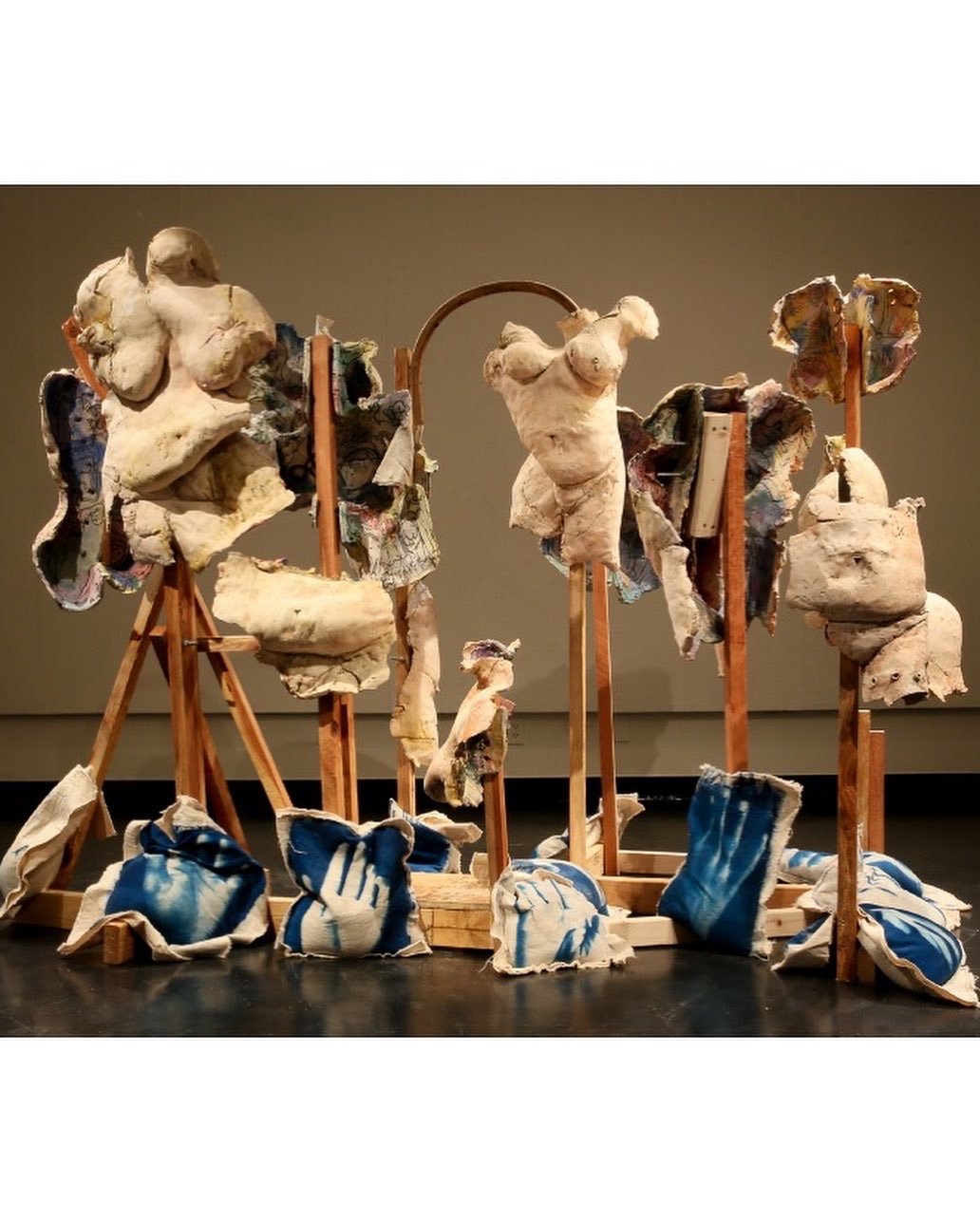
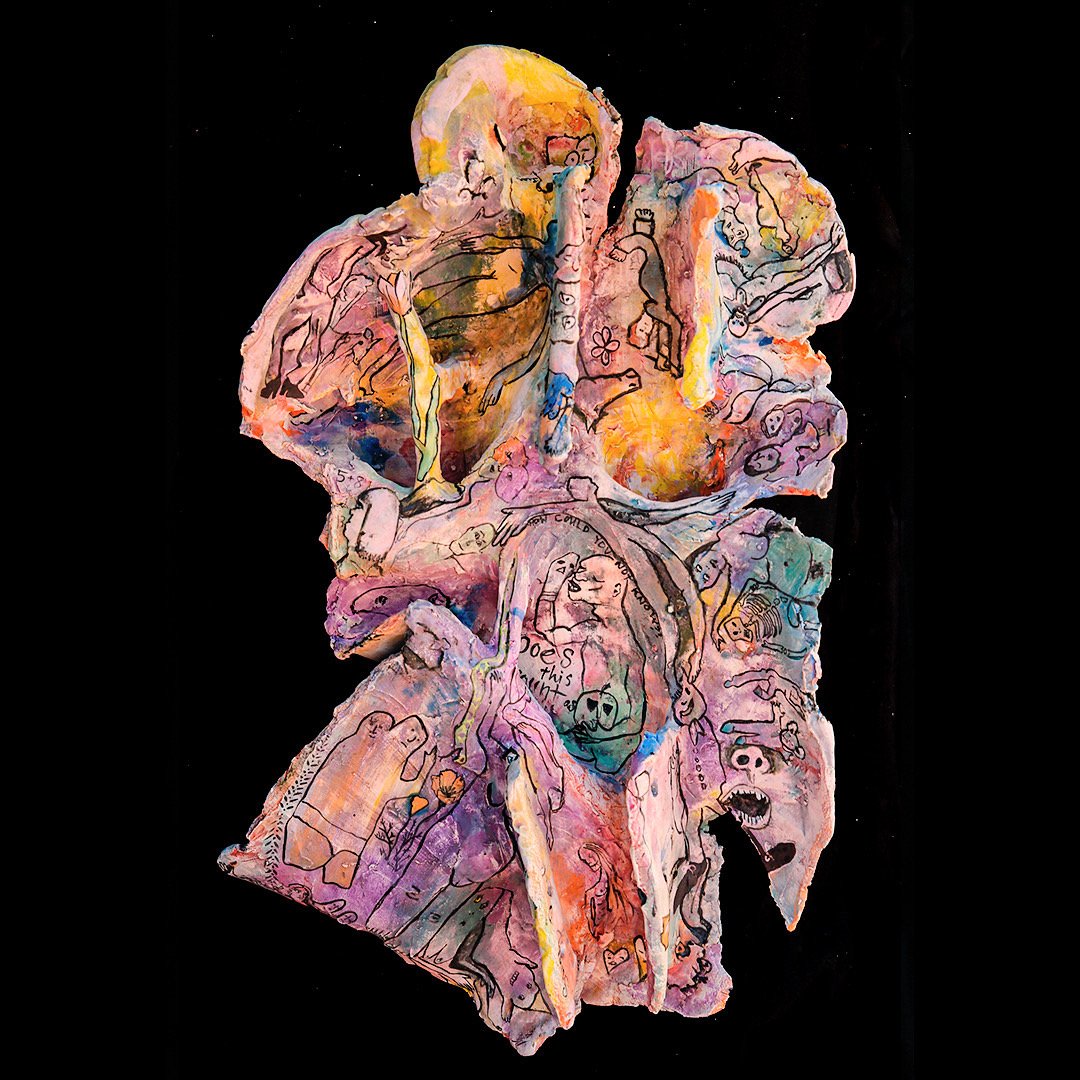
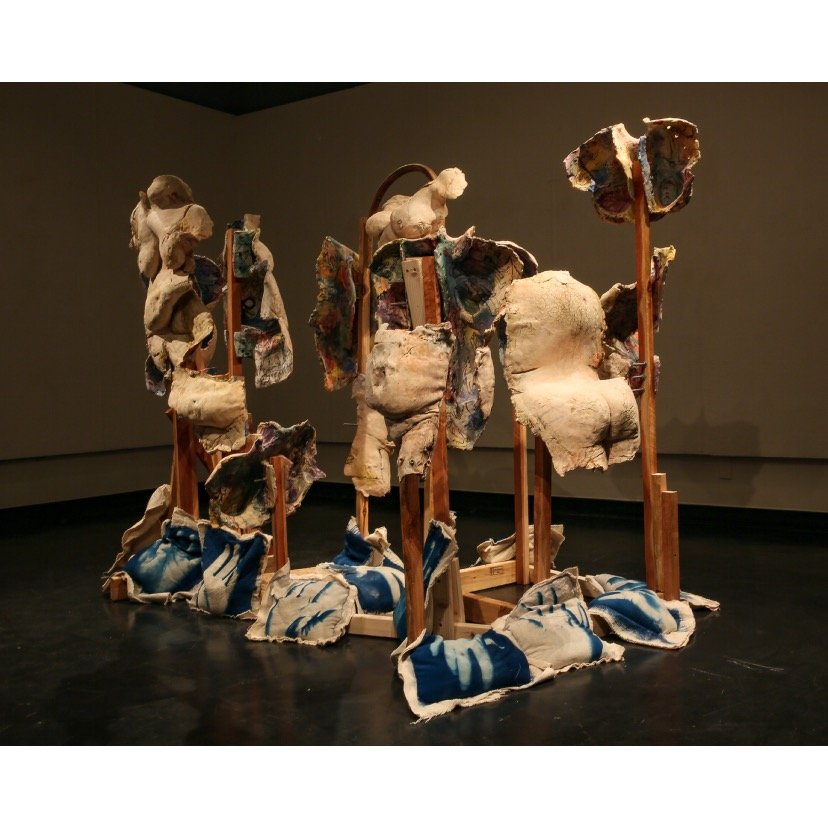
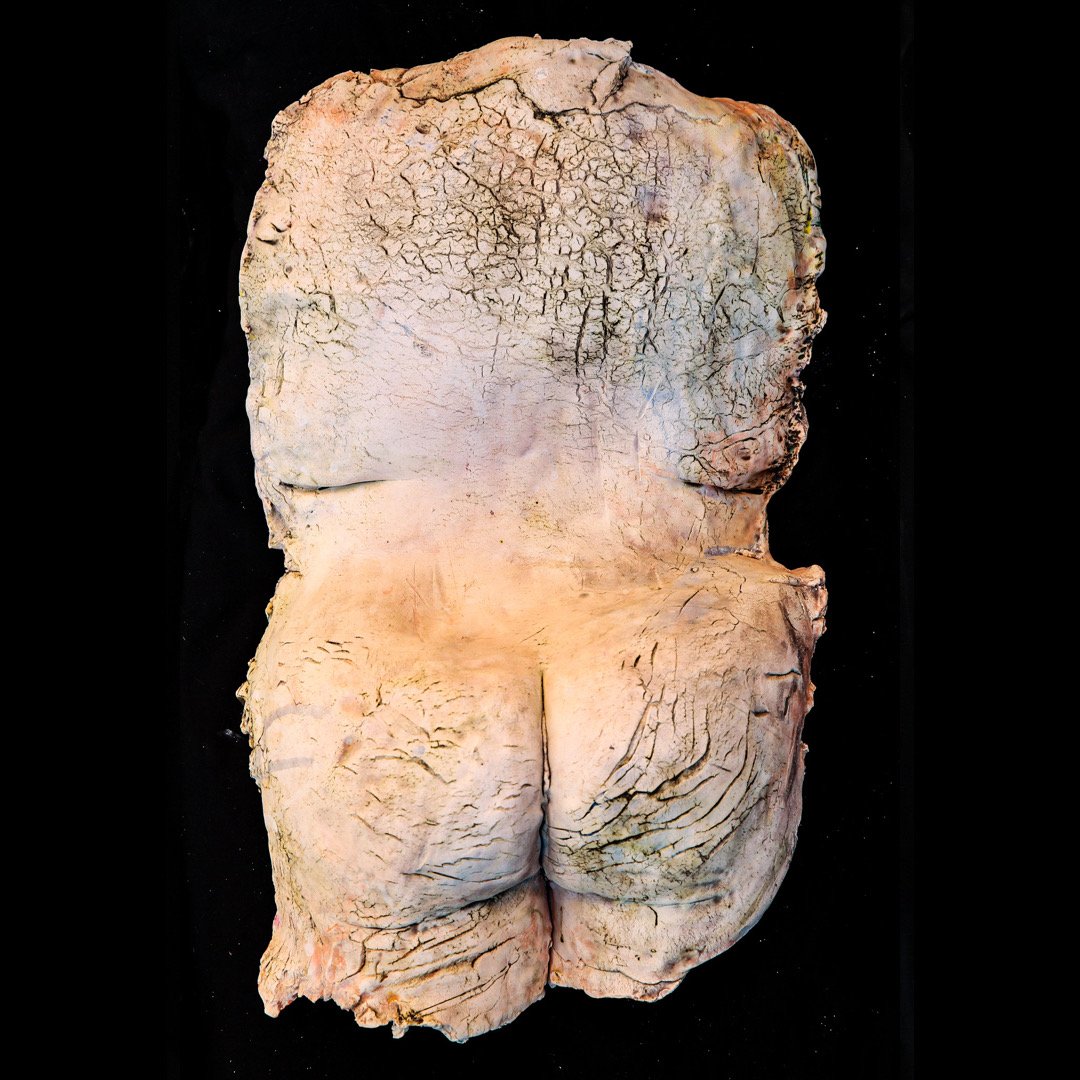
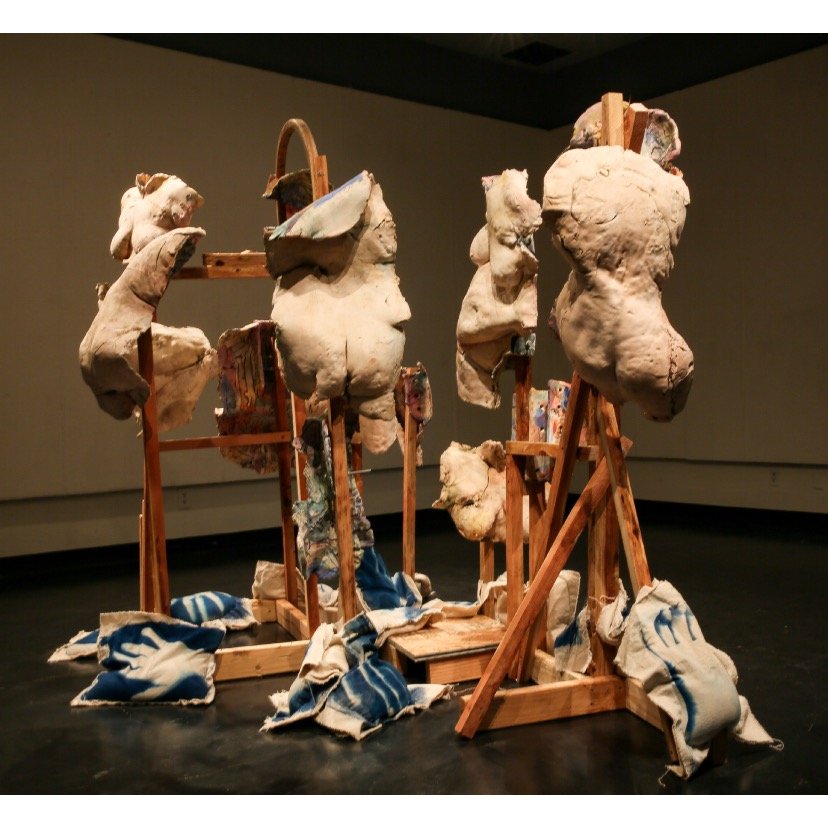
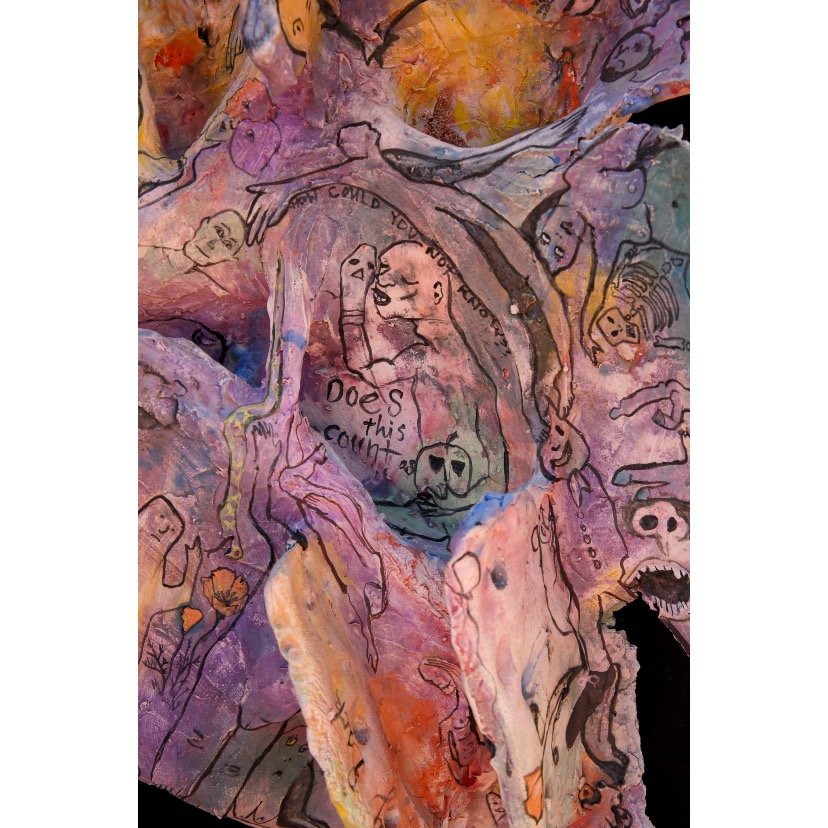
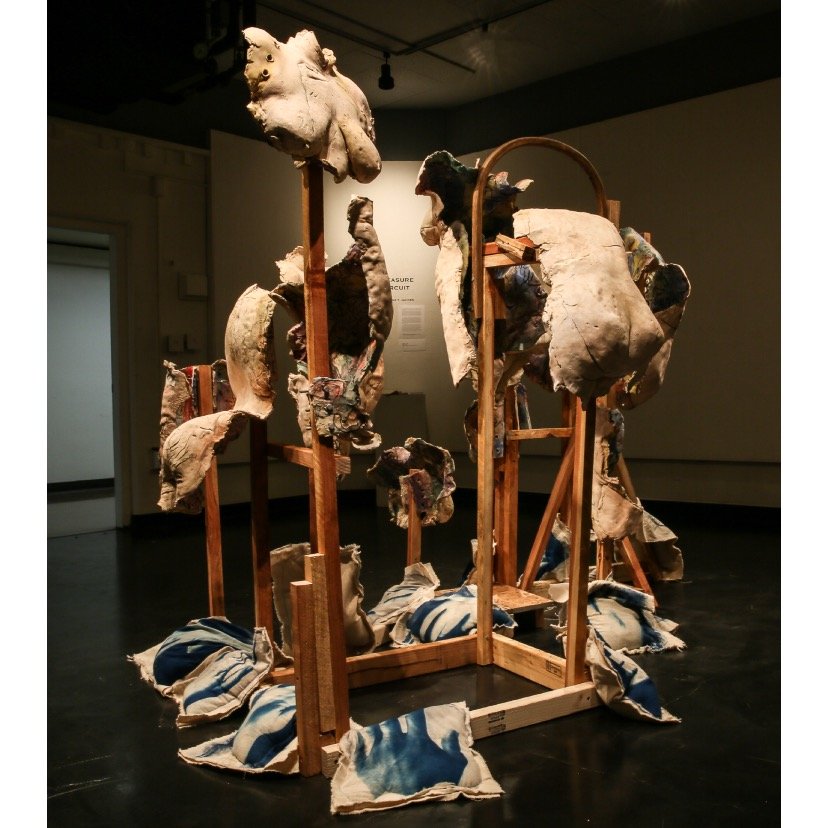
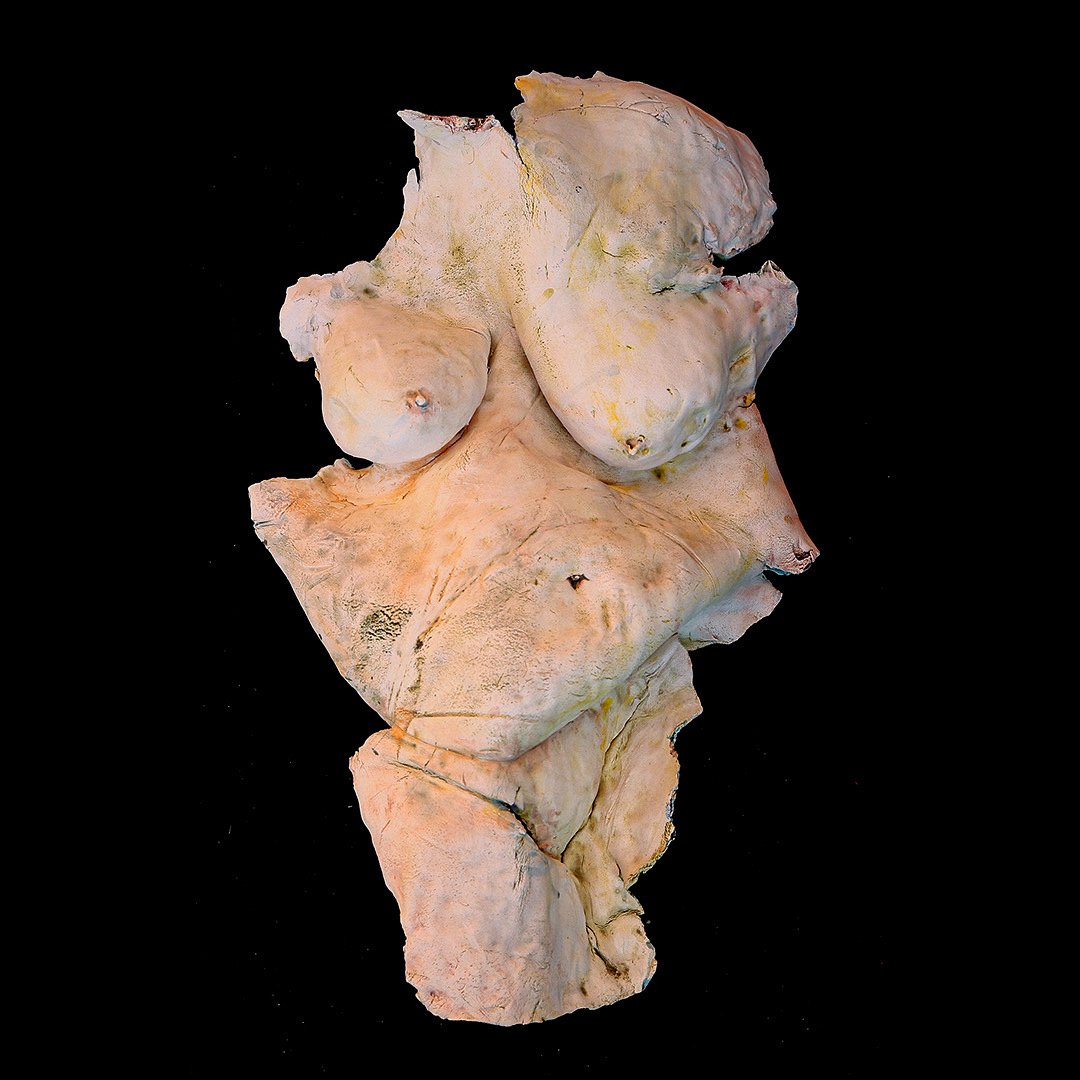
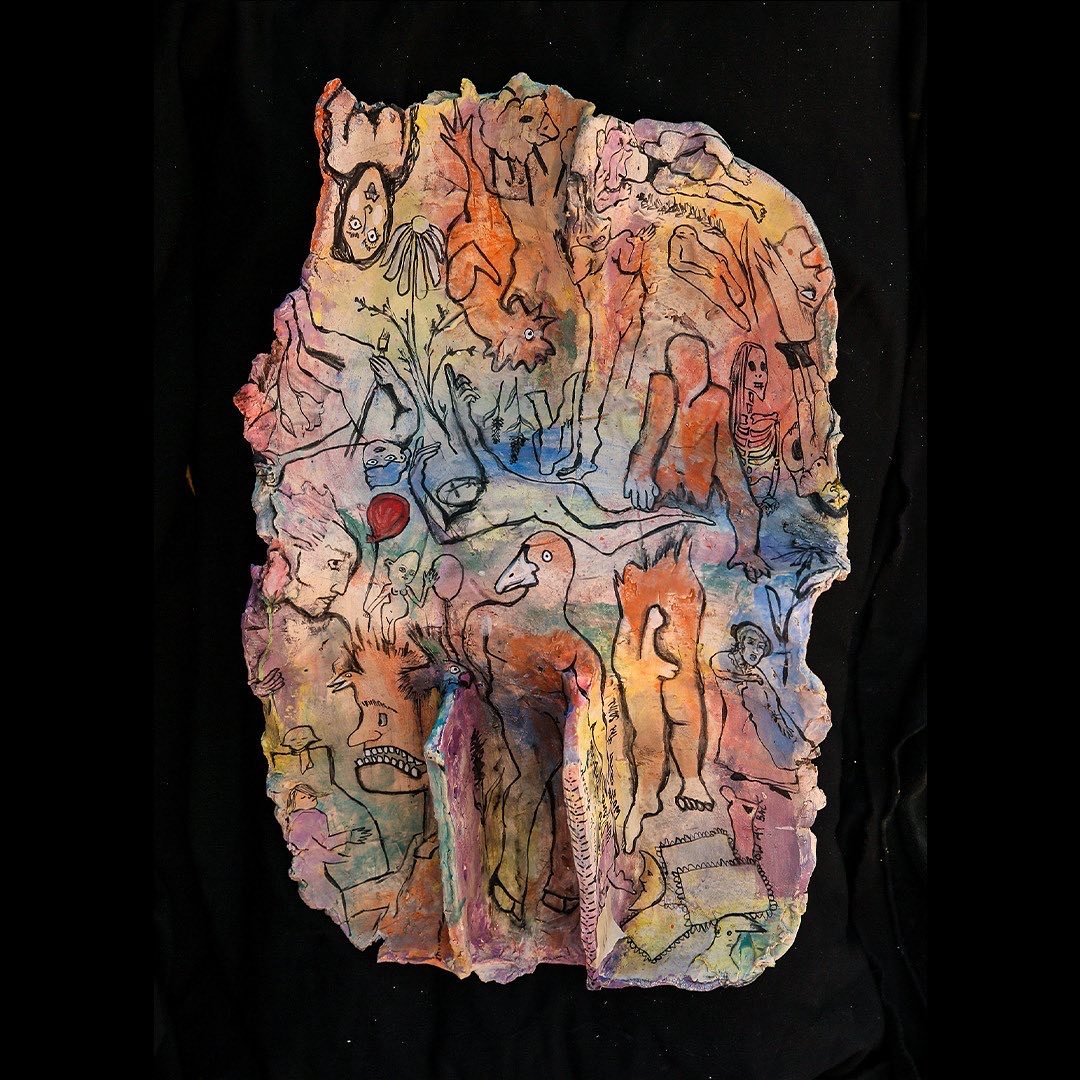
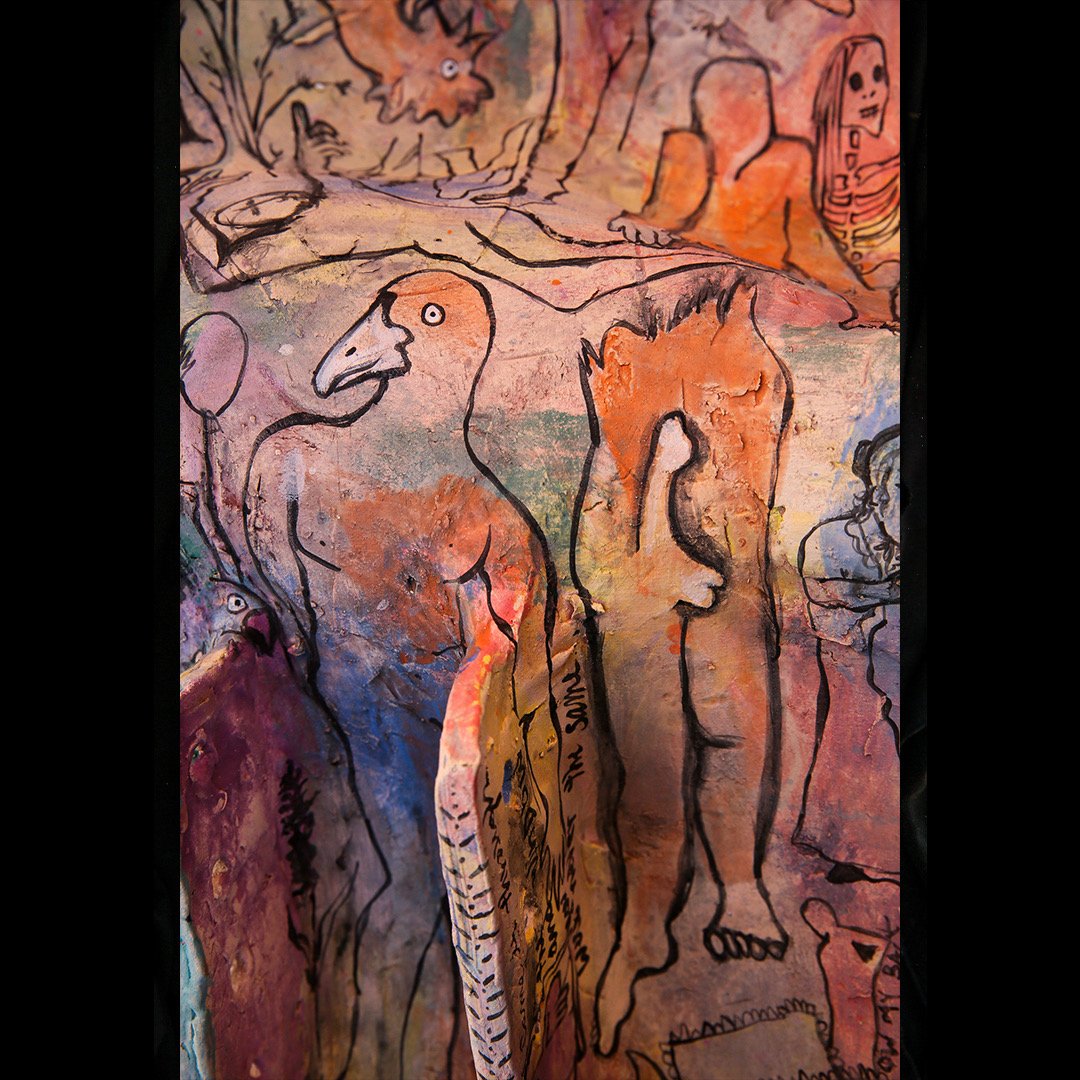

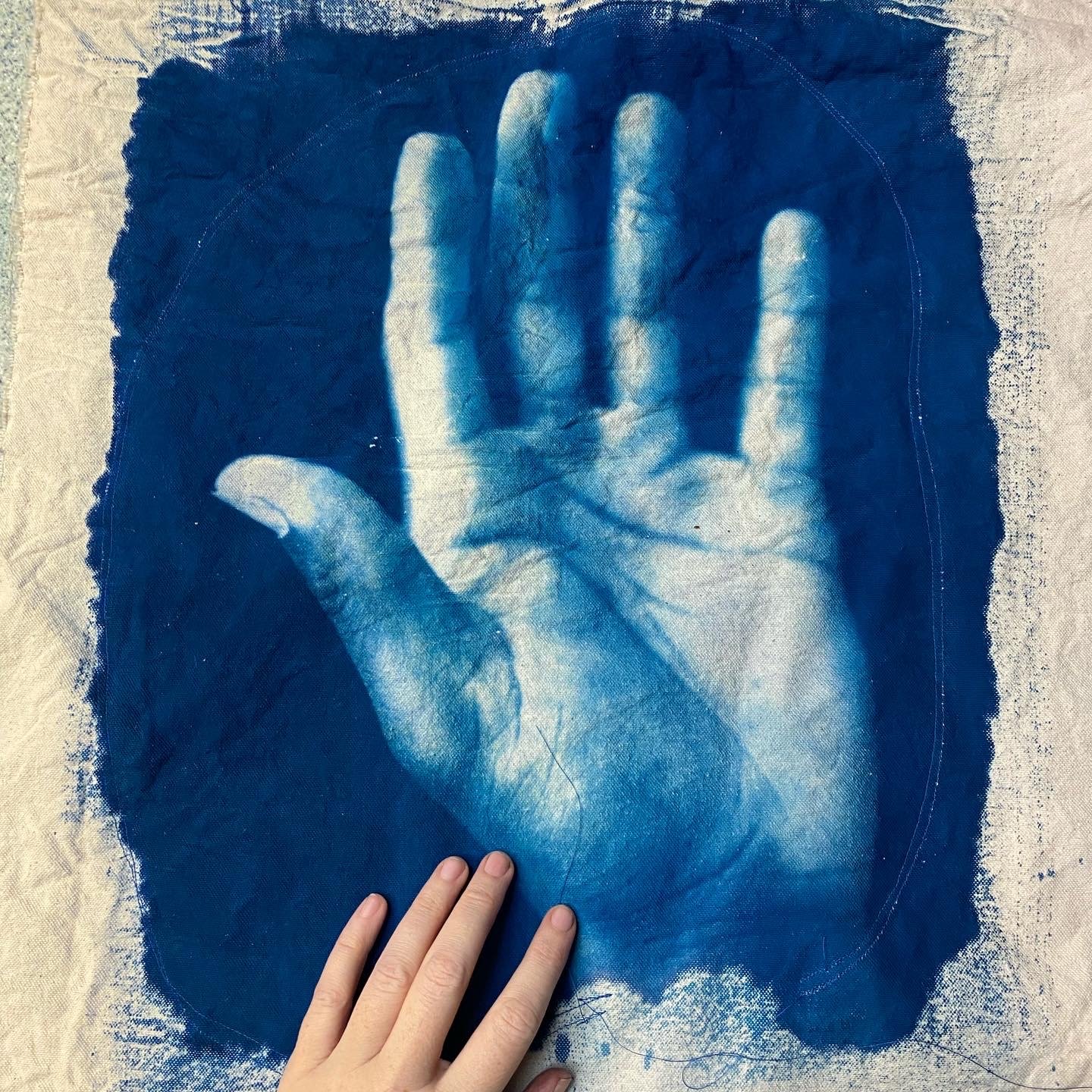
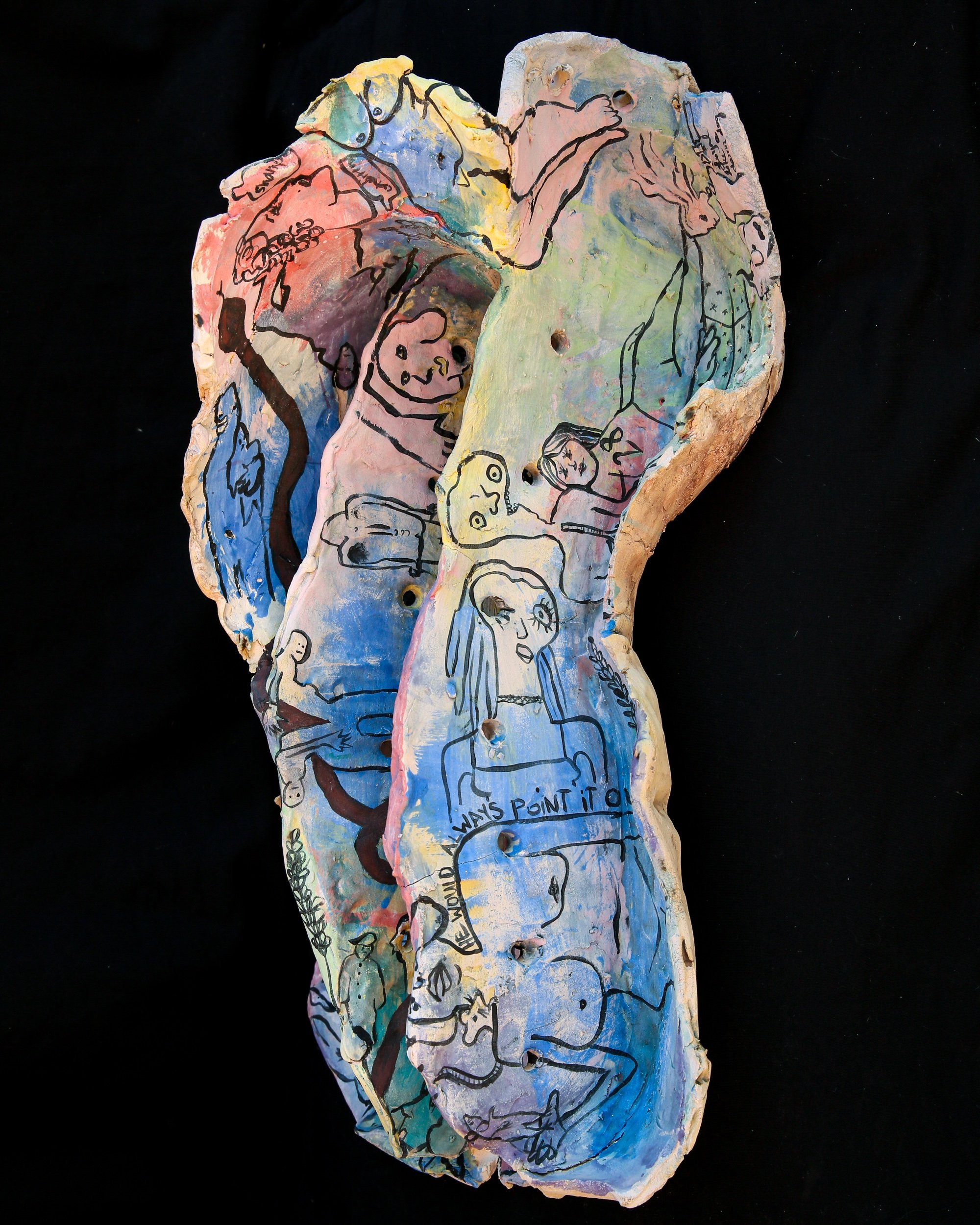
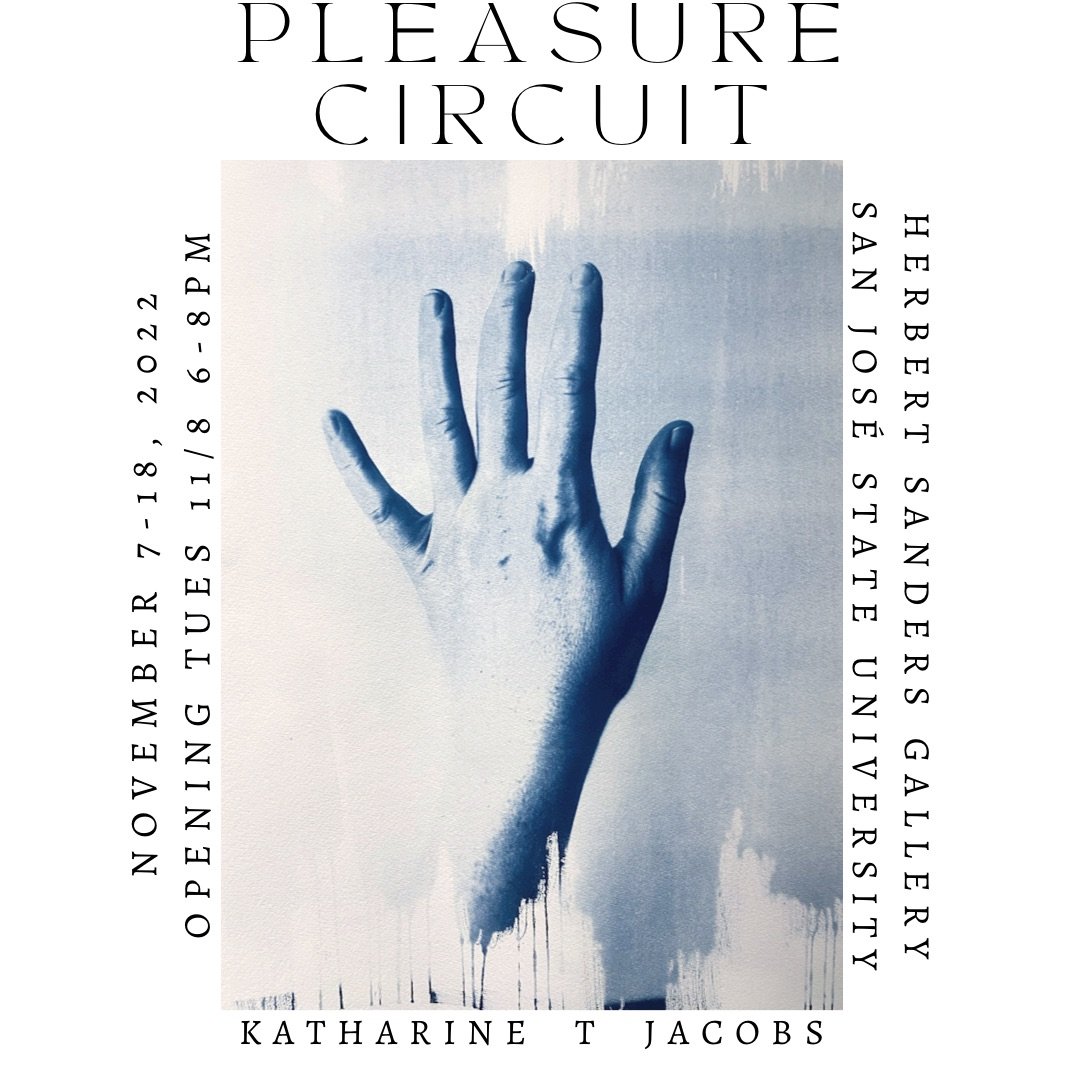
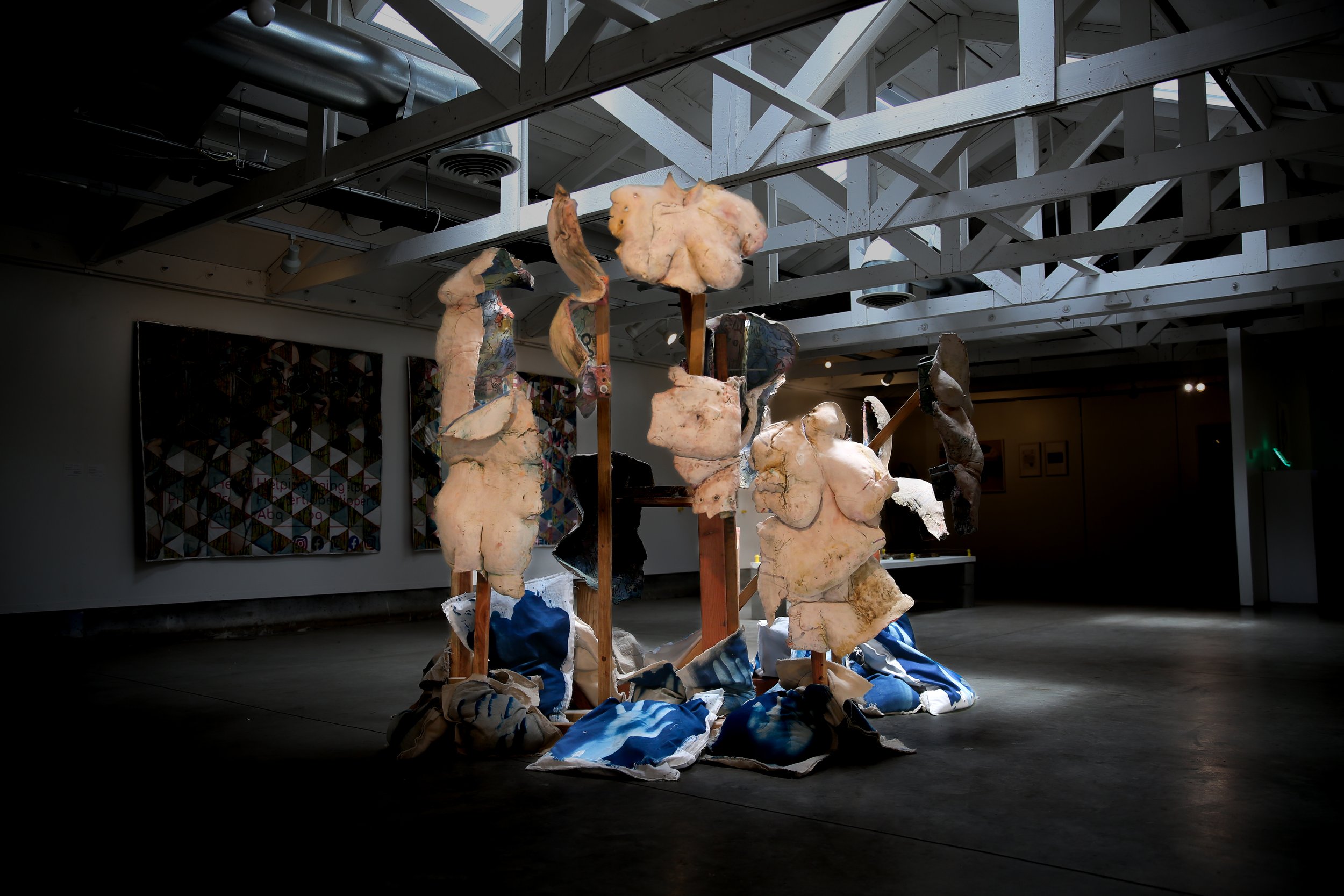
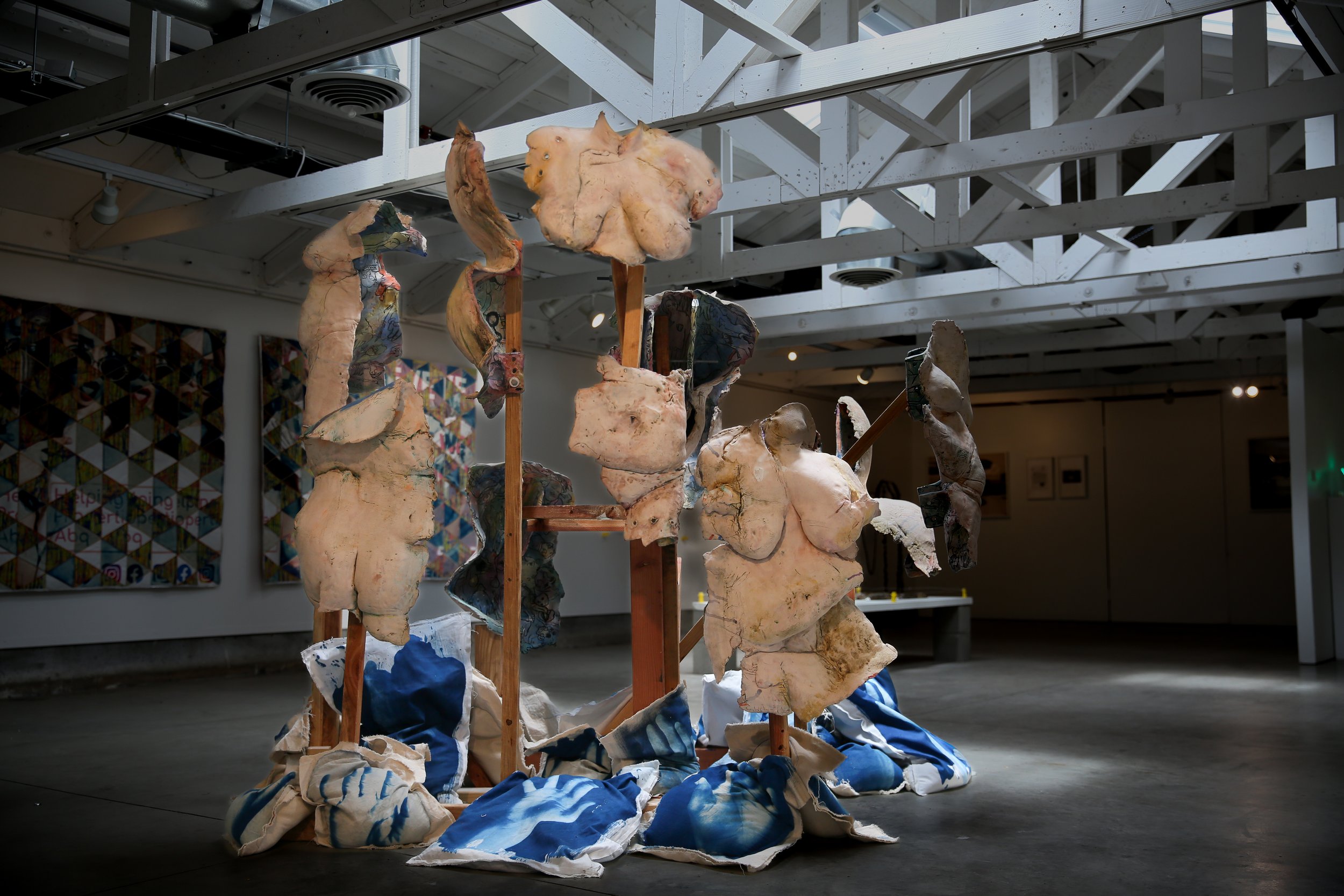
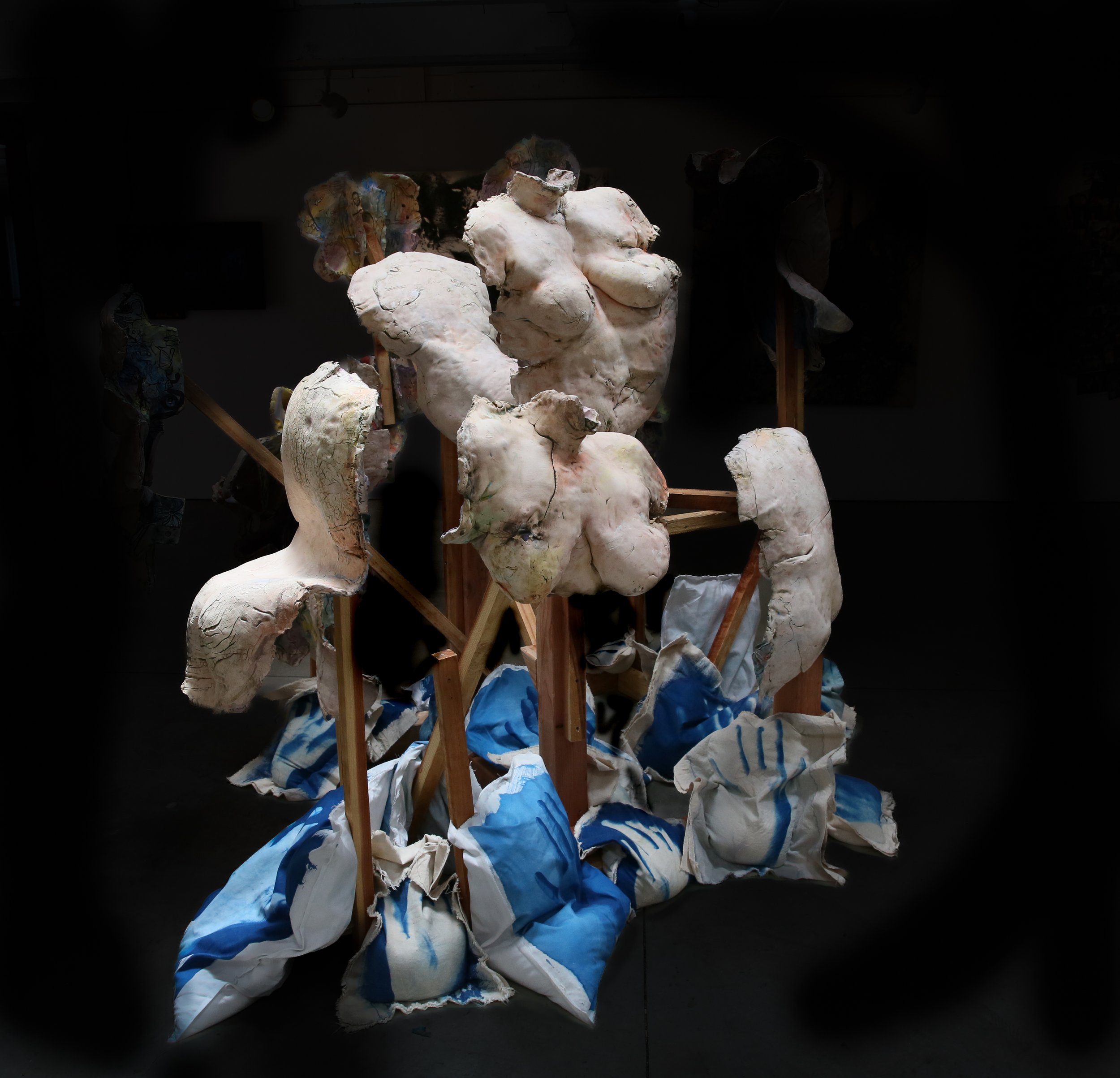
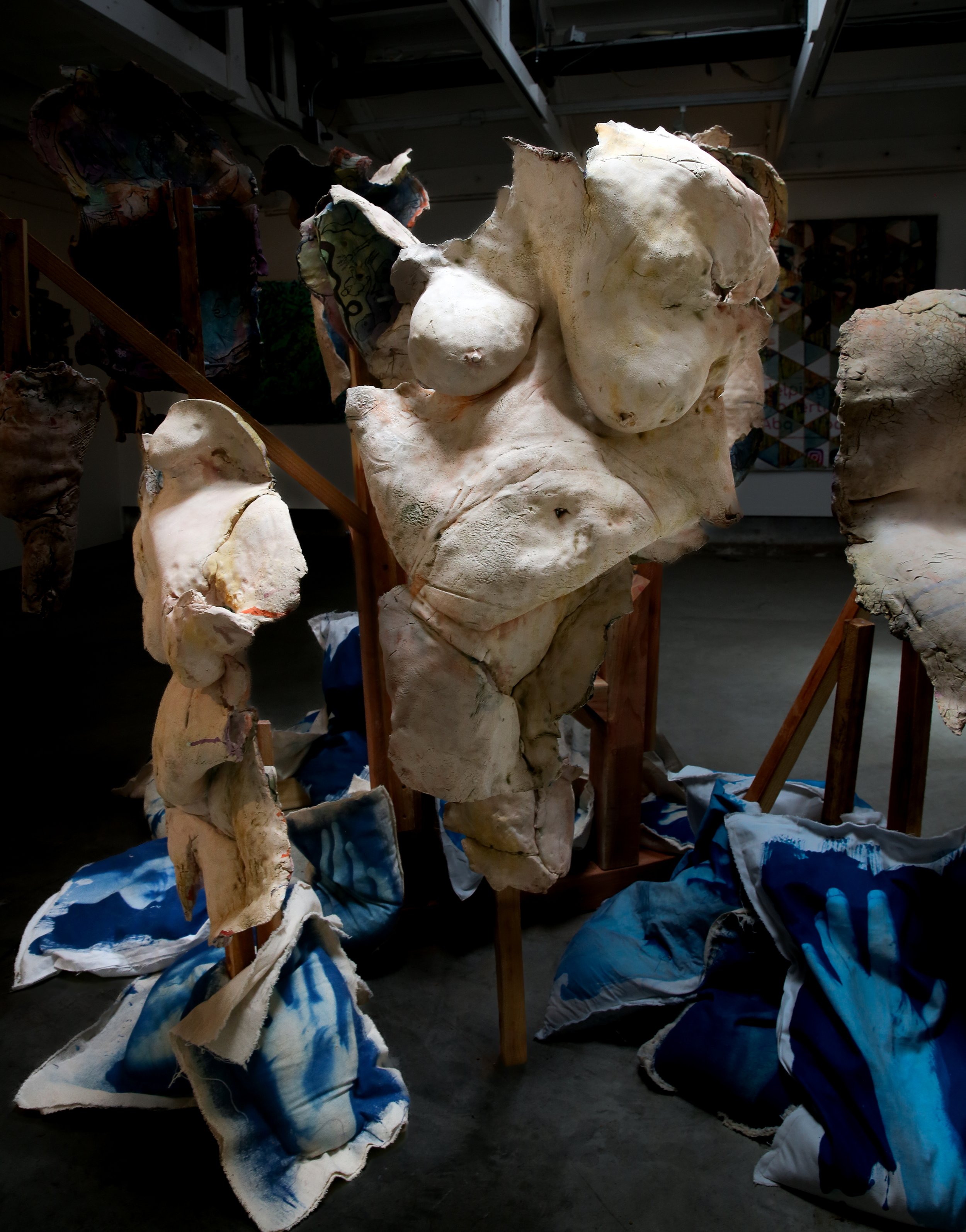
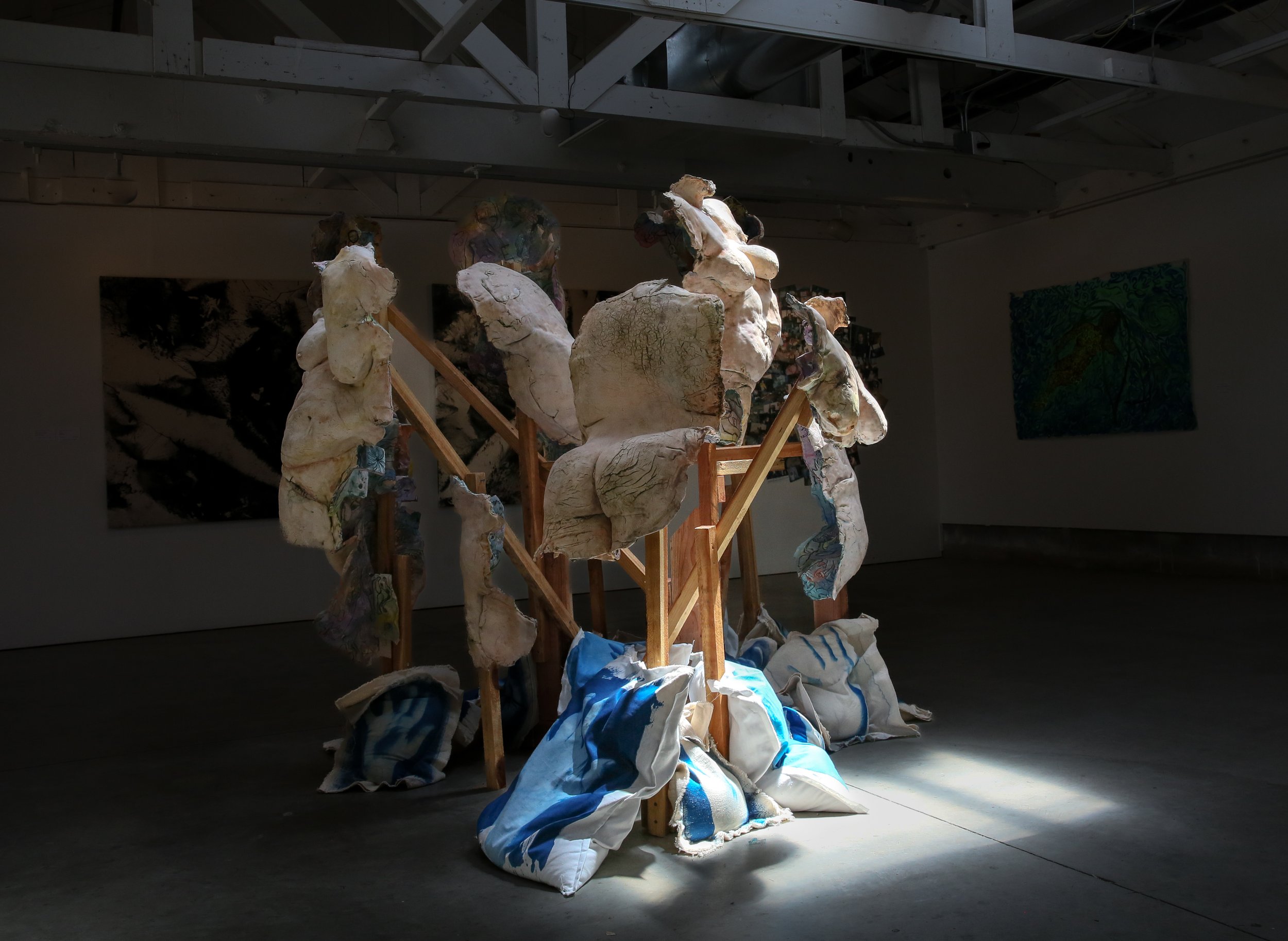
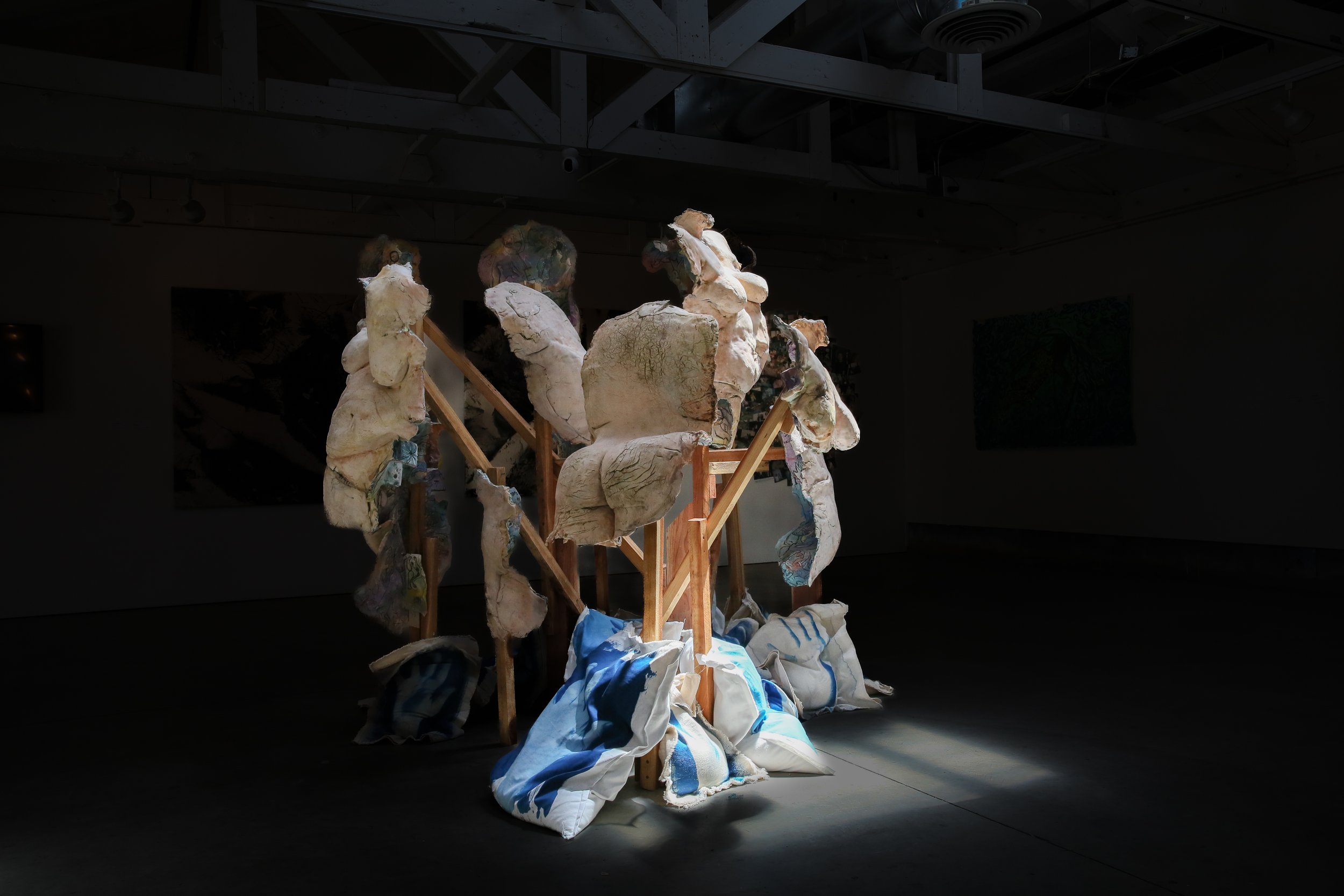

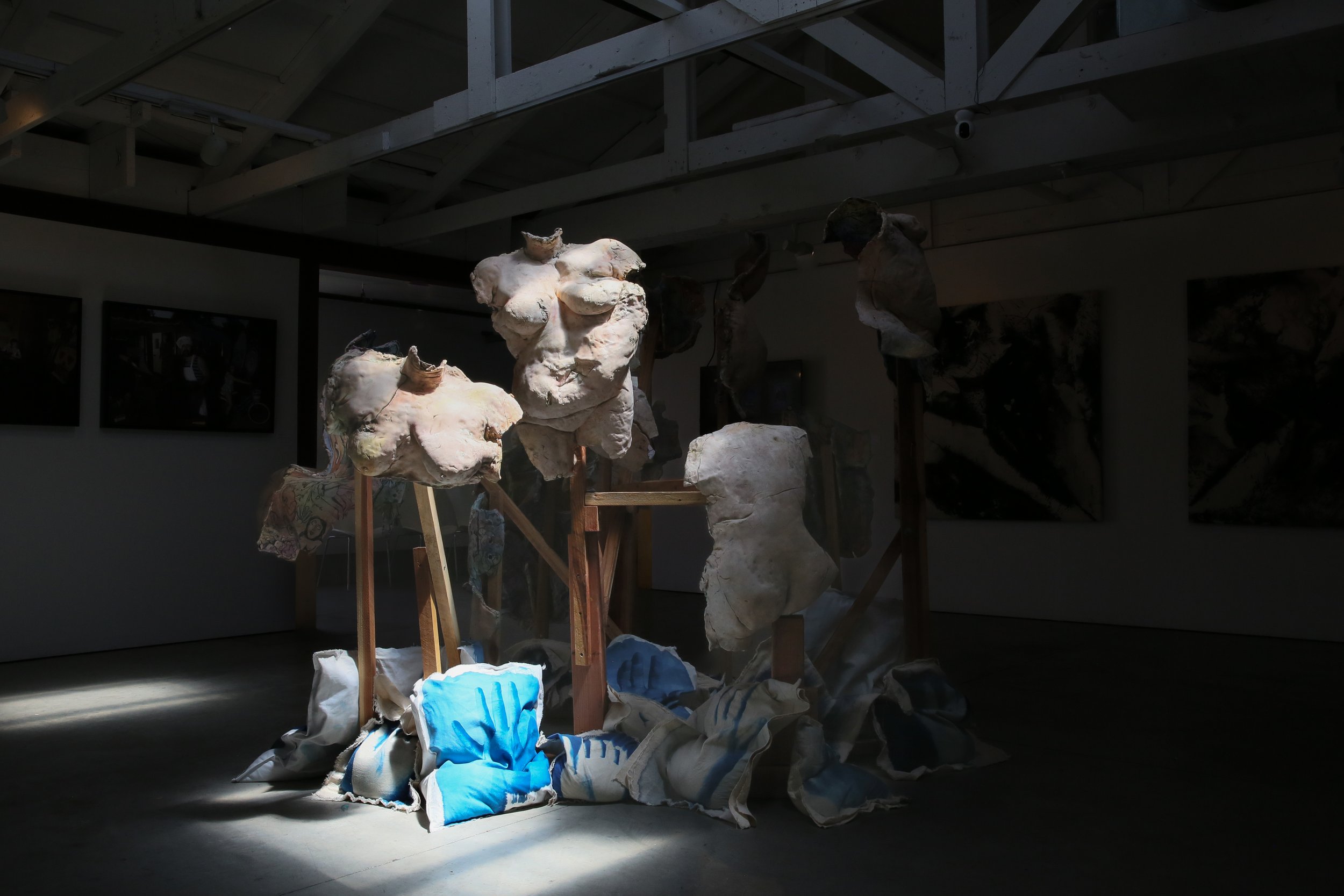
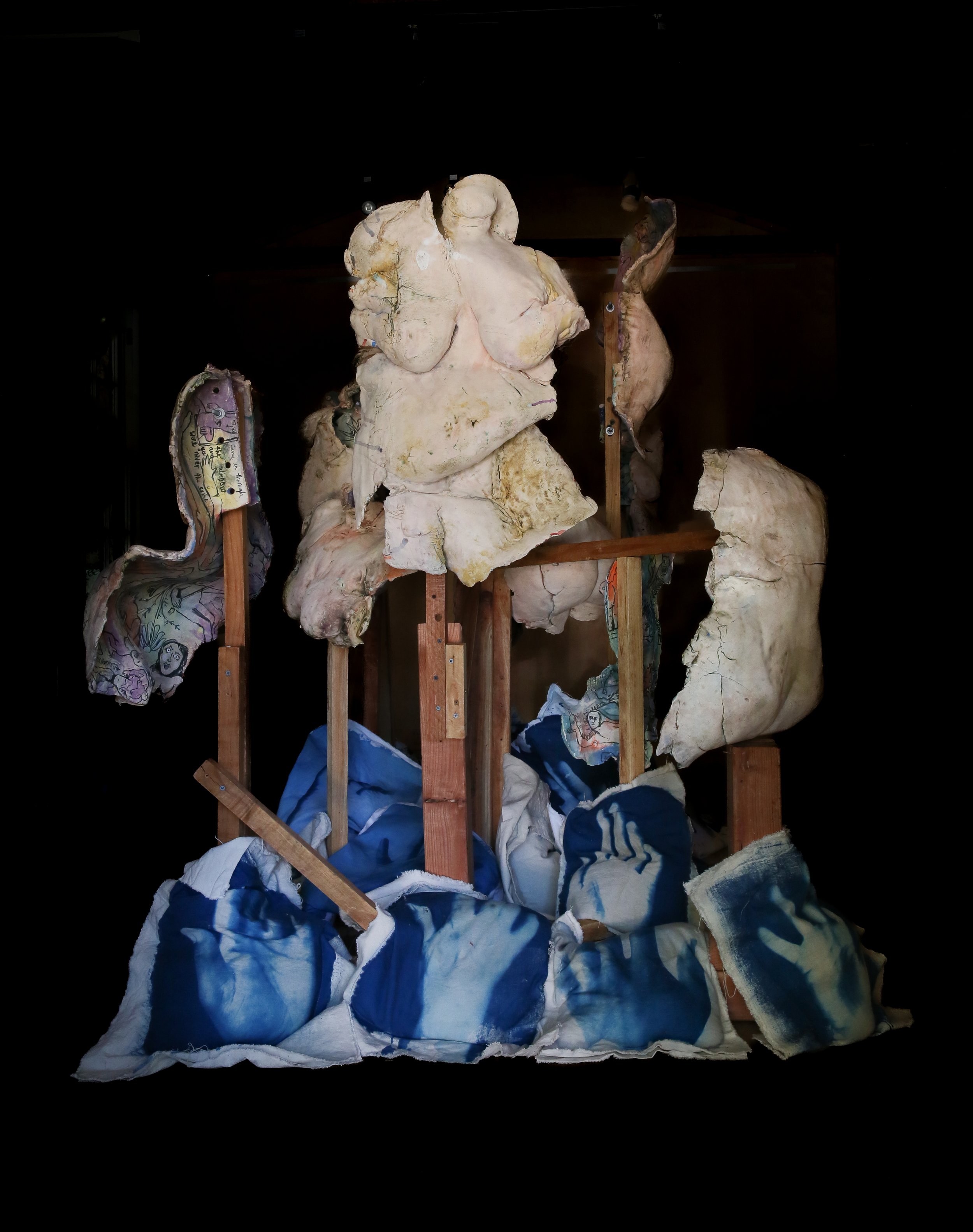

Using beauty and play unapologetically my multivalent autopathographic work examines the fragility and resilience of corporality, specifically the effects of trauma and chronic illness on my own body.
The evidence of labor and the submission to the materials is undeniably present, it embodies my relationship to Craft. Craft is palpable, the labor of which can be witnessed, felt and consumed by the viewer. Forever grappling in the spaces between concept and intuition, I lean on less formal practices of sculpture making that allow the hand to show and the work to speak and struggle on its own. Folk art, women’s work and other crafts historically undeserving of a majuscule letter are a core influence. Traditional practices are repurposed and displayed without formality creating a tension that destabilizes the notion and regulation demanded of Fine Art.
The concept of the mesocorticolimbic circuits or the pleasure system of the brain is linked to both addiction and chronic pain management among many other symptoms of the human condition. Within these concepts and supported by research there are theories of how addiction and chronic pain can be managed through self-efficacy, the trust of one’s self to reach the completion of a task. Art, addiction and pain management are interconnected by the enterprise of hedonism. When living with chronic pain, pleasure, at times, is merely the absence of pain. Substance use in addicted individuals can degrade the relationship of pleasure and pain over time. With empathy, I examine these arduous parts of the human condition artistically, attempting to learn and heal.
My autopathographic work that obsesses about the body and illness shares a vein with portraits of Hannah Wilkes’ struggle against cancer and the courageous personal works of Tracey Emin. Vulnerability is demanded by autopathography, which can be sickening for both the viewer and the especially the maker. Finding the right medium to explore these topics has been the campaign of my practice. Re-evaluation through touch, manipulation and spectacle exposes the strained and complex relationship I have with my own failing yet thriving body. The dysmorphia is tangible; the self-hatred and self-acceptance twist together to wring out conversations of femininity, fat phobia, disability, health, death and self-harm. Beauty and play permit admission to the subconscious. The stream of consciousness drawings and color pallet act as a balance to this confrontation, a spoonful of sugar after the dosage.
1 Kragel, Philip A., et al. “A Mesocorticolimbic Signature of Pleasure in the Human Brain.” BioRxiv, 2022, https://doi.org/10.1101/2022.10.31.514244.


